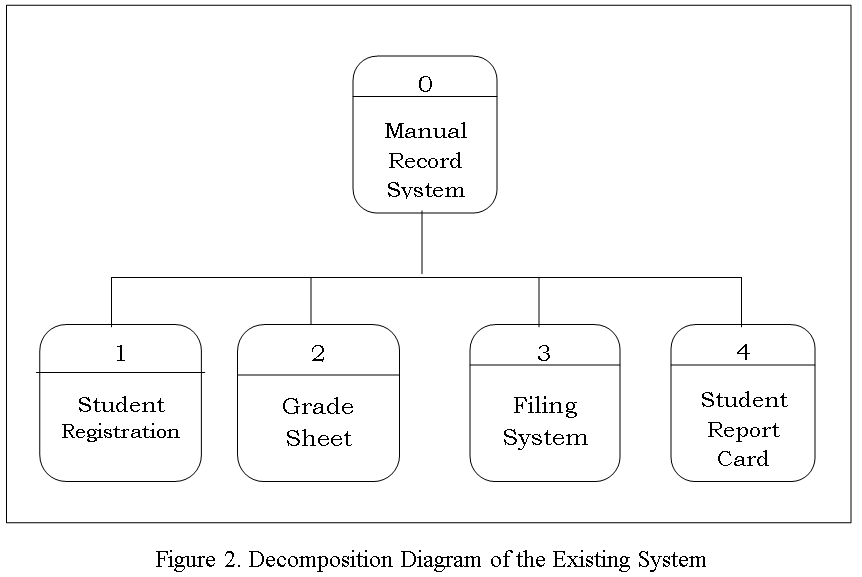An Unbiased View of "Composting 101: A Beginner's Guide to Recycling Organic Waste at Home"

Coming from Farm to Desk: How Planters are Tackling the Problem of Organic Waste
In latest years, there has been a growing problem regarding the concern of all natural rubbish and its impact on the atmosphere. As consumers ended up being extra mindful regarding their meals selections, farmers are likewise stepping up their attempts to take care of this concern. Coming from carrying out Also Found Here on farms to finding impressive options for rubbish monitoring, planters are playing a essential task in minimizing organic misuse and creating a extra sustainable food device.
One of the primary ways farmers are addressing the concern of natural misuse is through executing sustainable ranch methods. This consists of making use of deal with crops, plant turning, and composting to lower the amount of waste produced on farms. Cover plants aid avoid soil destruction and nutrient reduction while also providing all natural matter that may be turned right into garden compost. Plant turning aids break insect patterns and boosts soil productivity, leading in far healthier plants and less plant reductions.
Composting is yet another critical practice utilized through planters to tackle organic refuse. Through composting farming deposits such as crop stems, leaves, and manure, planters may transform these materials into nutrient-rich ground modifications. This not only lowers the volume of waste sent out to garbage dumps but also provides a valuable resource that may be utilized to boost ground health and raise plant returns.
Furthermore, several farmers are looking into ingenious solutions for taking care of all natural misuse on their farms. One such answer is anaerobic digestive function - a process that converts organic concern right into biogas through bacterial decomposition in an oxygen-free setting. The biogas generated may then be used as a eco-friendly power source or turned in to electrical energy or heat energy. Anaerobic food digestion not simply aids minimize greenhouse fuel emissions but also supplies an alternate source of electricity for farm procedures.
Additionally, some planters are embracing regenerative agriculture techniques as a means to resolve the problem of natural rubbish while additionally strengthening total ecosystem health and wellness. Cultural horticulture centers on developing dirt health through enhancing biodiversity, strengthening water retention ability, and sequestering carbon dioxide in the soil. Through carrying out cultural practices such as agroforestry, spinning pasture, and conservation tillage, farmers can easily minimize all natural refuse while developing a more resilient and maintainable farming system.

Planters are likewise working in the direction of reducing food items refuse at the buyer amount. According to the Food and Agriculture Organization (FAO), around one-third of all food generated for individual usage is lost or squandered worldwide. To deal with this issue, farmers are partnering along with nearby food items financial institutions and institutions to give away excess produce that would otherwise go to refuse. They are likewise teaching consumers about effective food storage and preservation approaches to reduce food spoilage at home.
In enhancement to on-farm techniques, farmers are working together with analysts, policymakers, and sector specialists to find cutting-edge remedies for managing organic waste throughout the whole supply chain. This features checking out brand-new modern technologies for processing all natural waste in to useful products such as biofuels, bioplastics, and animal feed. Through switching all natural refuse right into helpful information, planters can develop extra profits streams while lessening their ecological influence.
Overall, farmers play a essential role in tackling the issue of all natural refuse through executing maintainable farming practices, exploring ingenious answers for refuse monitoring, lowering food items waste at the consumer amount, and working together along with stakeholders all over the source chain. Their efforts not only help develop a a lot more maintainable meals unit but also add to mitigating environment modification and protecting organic resources. It is essential for individuals to assist these efforts through making mindful options when purchasing food products and supporting neighborhood ranches that focus on sustainability and environmental conservation.
In final thought, dealing with the problem of all natural refuse calls for a extensive approach that involves all stakeholders in the food device – from ranch to table. Planters are taking positive actions in the direction of reducing natural misuse by means of sustainable farming methods such as composting agrarian remains and executing regenerative agriculture approaches. They are also taking advantage of innovative options like anaerobic food digestion and partnering with organizations to minimize meals wastefulness at the buyer amount. Through working with each other, planters and consumers may develop a even more sustainable future where natural rubbish is decreased, resources are used less, and the atmosphere is secured.
